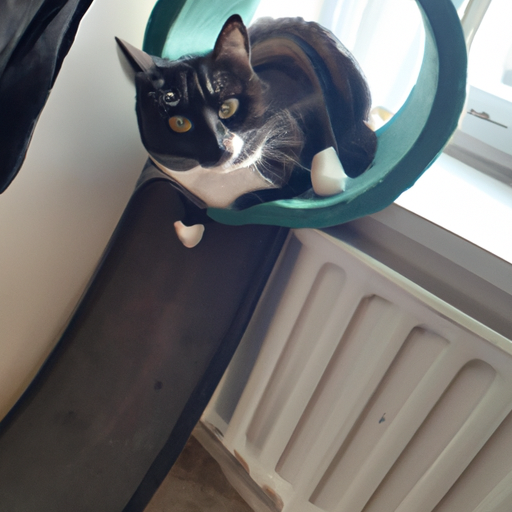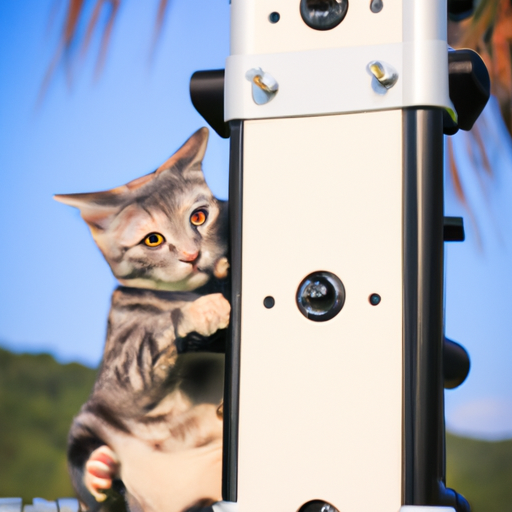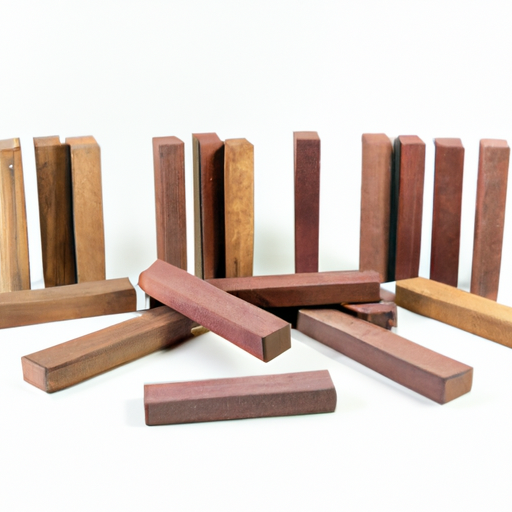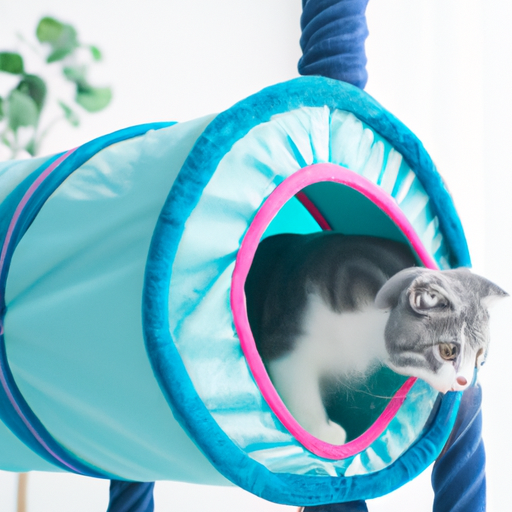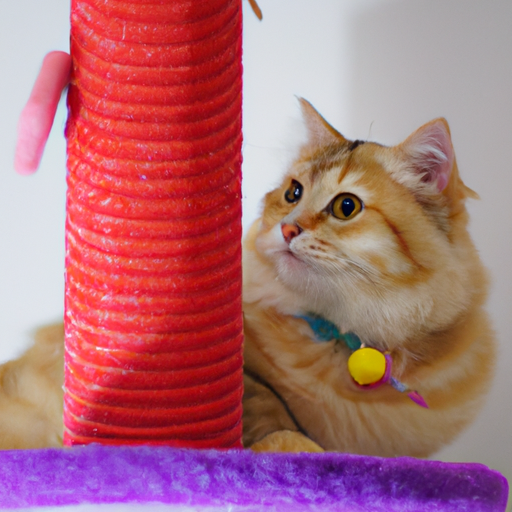The Latest Cats Don't Like Cat Climbing Frame Specifications
I. Introduction
In recent years, cat climbing frames have surged in popularity among pet owners, providing a space for our feline friends to exercise, explore, and indulge their natural instincts. However, despite the variety of designs and specifications available, not all cats seem to appreciate these structures. Understanding why some cats may not prefer certain climbing frame specifications is crucial for ensuring their happiness and well-being. This article delves into the intricacies of cat behavior, the common specifications of climbing frames, and the reasons why some cats may turn their noses up at these popular products.
II. Understanding Cat Behavior
A. Natural Instincts of Cats
Cats are inherently curious creatures, driven by instincts that have evolved over thousands of years. Their natural behaviors include climbing, perching, hunting, and exploring. A well-designed climbing frame can cater to these instincts, providing a safe space for cats to engage in activities that mimic their wild ancestors.
B. Factors Influencing Cat Behavior
Several factors influence a cat's behavior and preferences regarding climbing frames:
1. **Personality Traits**: Just like humans, cats have unique personalities. Some may be adventurous and eager to explore, while others may be more reserved and cautious.
2. **Age and Health Considerations**: Kittens may be more inclined to use climbing frames, while older cats or those with health issues may require more accessible designs.
3. **Environmental Factors**: The home environment plays a significant role in a cat's behavior. A stimulating environment with various enrichment options can encourage cats to engage with climbing frames.
III. Common Specifications of Cat Climbing Frames
A. Materials Used in Construction
The materials used in constructing cat climbing frames can significantly impact their appeal to cats. Common materials include:
1. **Wood vs. Synthetic Materials**: Wooden frames often provide a more natural feel, while synthetic materials may be easier to clean but less appealing to some cats.
2. **Stability and Durability**: A stable frame is essential for a cat's safety. Wobbly structures can deter cats from using them, as they may feel insecure.
B. Design Features
The design of a climbing frame can greatly influence its usability:
1. **Height and Levels**: Cats enjoy climbing to high places, so frames with multiple levels can be more engaging.
2. **Platforms and Hiding Spots**: Cats appreciate having places to hide and observe their surroundings. Frames that incorporate these features can be more appealing.
3. **Scratching Posts and Toys**: Integrating scratching surfaces and toys into the design can enhance the climbing frame's attractiveness.
C. Size and Space Considerations
The size of the climbing frame should be appropriate for the living environment:
1. **Suitability for Different Living Environments**: A large frame may not be suitable for small apartments, while a compact design may not provide enough stimulation for larger spaces.
2. **Impact of Size on Cat Engagement**: A frame that is too small may not accommodate a cat's natural behaviors, while one that is too large may be intimidating.
IV. Reasons Why Cats May Dislike Certain Climbing Frames
Despite the best intentions of cat owners, some climbing frames may not resonate with their feline companions. Here are some common reasons:
A. Lack of Stability and Safety Concerns
1. **Wobbly Structures**: Cats are sensitive to their environment. A climbing frame that wobbles or feels unstable can deter them from using it.
2. **Risk of Injury**: If a frame poses a risk of falling or tipping over, cats will instinctively avoid it.
B. Inadequate Design for Feline Needs
1. **Insufficient Hiding Spots**: Cats often seek out hiding spots for security. A frame lacking these features may not appeal to them.
2. **Poorly Placed Scratching Surfaces**: If scratching posts are not conveniently located, cats may choose to scratch elsewhere.
C. Unappealing Materials and Textures
1. **Uncomfortable Surfaces**: Cats prefer surfaces that feel good under their paws. Rough or uncomfortable materials can deter them from using the frame.
2. **Lack of Scent or Familiarity**: Cats are highly influenced by scent. A new climbing frame may not feel familiar or safe, leading to disinterest.
D. Size Mismatch with the Cat's Physicality
1. **Too Small or Too Large for the Cat**: A frame that is too small may not accommodate a cat's natural behaviors, while one that is too large may be intimidating.
2. **Inaccessibility of Certain Levels**: If a climbing frame has levels that are too high or too far apart, it may be difficult for some cats to navigate.
V. The Role of Human Interaction and Environment
A. Importance of Socialization and Play
Human interaction plays a crucial role in a cat's engagement with climbing frames:
1. **Engaging with the Cat on the Climbing Frame**: Encouraging your cat to explore the frame through play can help them feel more comfortable and interested.
2. **Encouraging Exploration and Use**: Using toys or treats to entice your cat to the climbing frame can foster a positive association.
B. Environmental Enrichment
1. **Incorporating Climbing Frames into a Stimulating Environment**: A climbing frame should be part of a broader environment that includes various forms of enrichment, such as toys, scratching posts, and interactive play.
2. **Balancing Climbing Frames with Other Forms of Enrichment**: While climbing frames are valuable, they should complement other activities that cater to a cat's instincts.
VI. Recommendations for Choosing the Right Cat Climbing Frame
A. Assessing Individual Cat Preferences
1. **Observing Behavior and Reactions**: Pay attention to how your cat interacts with different climbing frames. This can provide insight into their preferences.
2. **Considering Age and Health**: Choose a frame that accommodates your cat's age and health needs, ensuring it is accessible and safe.
B. Selecting Appropriate Materials and Designs
1. **Prioritizing Stability and Safety**: Look for frames that are sturdy and well-constructed to ensure your cat's safety.
2. **Choosing Features that Cater to Feline Instincts**: Opt for designs that include climbing opportunities, hiding spots, and scratching surfaces.
C. Customization Options
1. **Modifying Existing Frames**: If a climbing frame is close to perfect but needs a few tweaks, consider adding additional features or modifying it to better suit your cat's needs.
2. **DIY Solutions for Personalized Climbing Experiences**: For the crafty cat owner, creating a custom climbing frame can be a rewarding project that caters specifically to your cat's preferences.
VII. Conclusion
In conclusion, understanding why some cats may not prefer certain climbing frame specifications is essential for ensuring their happiness and well-being. By considering factors such as stability, design, materials, and individual preferences, cat owners can select or modify climbing frames that cater to their feline companions' needs. Ultimately, a suitable climbing frame can enhance a cat's quality of life, providing them with a safe space to explore, play, and indulge their natural instincts.
VIII. References
1. Studies on cat behavior and preferences.
2. Resources for further reading on cat care and enrichment.
By taking the time to understand your cat's unique preferences and needs, you can create an enriching environment that promotes their physical and mental well-being. Happy climbing!

